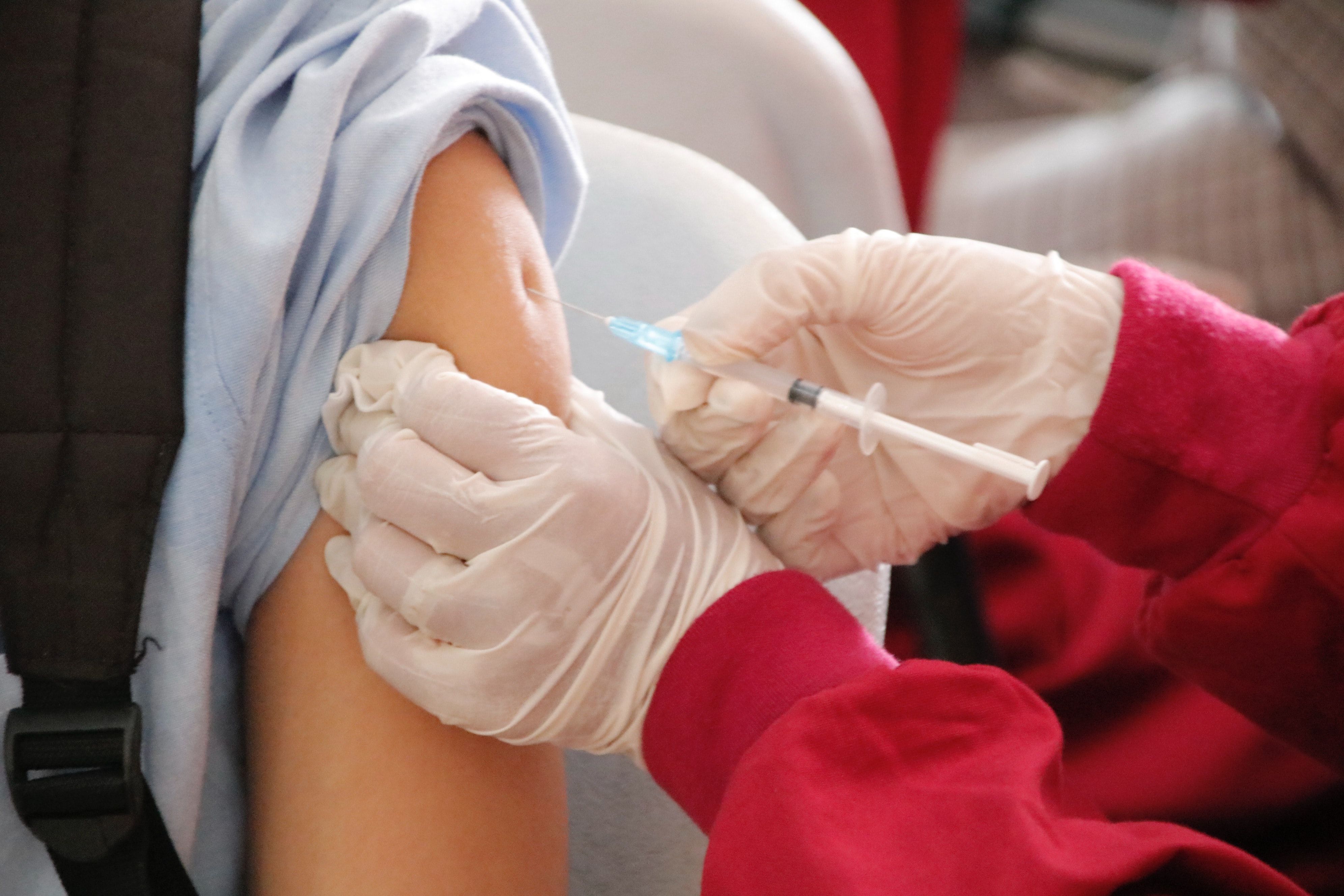Risk of Severe COVID-19 with BA.1 and BA.2 Subvariants Low
COVID-19 disease severity was mild in individuals in Qatar infected with the Omicron BA.1 and BA.2 sublineages with vaccination and booster doses reducing risks even further, a new study showed.

Infections with BA.1 and BA.2 Omicron variant sublineages of COVID-19 very rarely progressed beyond mild or asymptomatic disease and being fully vaccinated and boosted decreased the risk of severe disease even further, a recent study in Qatar found.
The study, highlighted in a research letter published in JAMA Internal Medicine, included COVID-19 infections diagnosed in adults between Dec. 19, 2021, and Feb. 6, 2002, in the national COVID-19 database in Qatar.
“The findings of this study provide reassurances at multiple levels,” the study authors, led by Adeel A. Butt, MBBS, MS, of Hamad Medical Corp. and Weill Cornell Medicine, wrote. “First, 99.8% to 99.9% of patients infected with either the BA.1 or BA.2 sublienages experienced no symptoms or mild disease. Second, there was no difference in the severity of illness between BA.1 and BA.2 sublineages infections.”
The retrospective cohort study included two groups, with each patient infected with the BA.1 subvariant matched with a patient infected with the BA.2 variant by age, sex, nationality, comorbities and vaccination status. A total of 20,812 matched pairs of patients with either the BA.1 or BA.2 subvariant of COVID-19 were included in the analysis.
Median age was 35, 47.9% were women and 85.5% had no comorbidities. Most of the participants were vaccinated, with only 18.7% of patients being unvaccinated, and 8.8% had received a booster dose.
Independent medical personnel reviewed the patients’ medical charts and used the World Health Organziation guidelines to assess disease severity, criticality and fatality.
About 0.2% of patients had severe, crtital or fatal outcomes, including 33 in the BA.1 group and 36 in the BA.2 group. Only one of those patients—someone in the BA.2 group—had received a booster dose.
Vaccination with two doses more than three months before infection or with a booster dose was associated with a significantly lower risk of severe, critical or fatal outcomes, but prior natural infection was not associated with a lower risk.
“In conclusion, SARS-CoV-2 infection with the Omicron variant sublineages BA.1 and BA.2 was rarely associated with severe, critical or fatal disease,” the study authors wrote. “There is no discernable difference in severity of BA.1 vs BA.2 infections. Risk of severity is further mitigated by vaccination, particularly the receipt of a booster dose.
The highly contagious BA.2 subvariant emerged in the United States in January after first being discovered in November. Dubbed “Stealth Omicron,” the subvariant drew attention as it quickly became the predominant variant of concern.
While BA.2 raised alarm among experts, a study in China found that BA.2 was less likely to escape immunity than the original Omicron variant.
Omicron remains the predominant COVID-19 variant as it continues to mutate. The BA.5 subvariant has surpassed prior subvariants, accounting for most new cases of COVID-19 in the United States.
The FDA has authorized updated bivalent COVID-19 vaccines by Moderna and Pfizer-BioNTech that target the original SARS-CoV-3 virus and the BA.4 and BA.5 Omicron subvariants.
